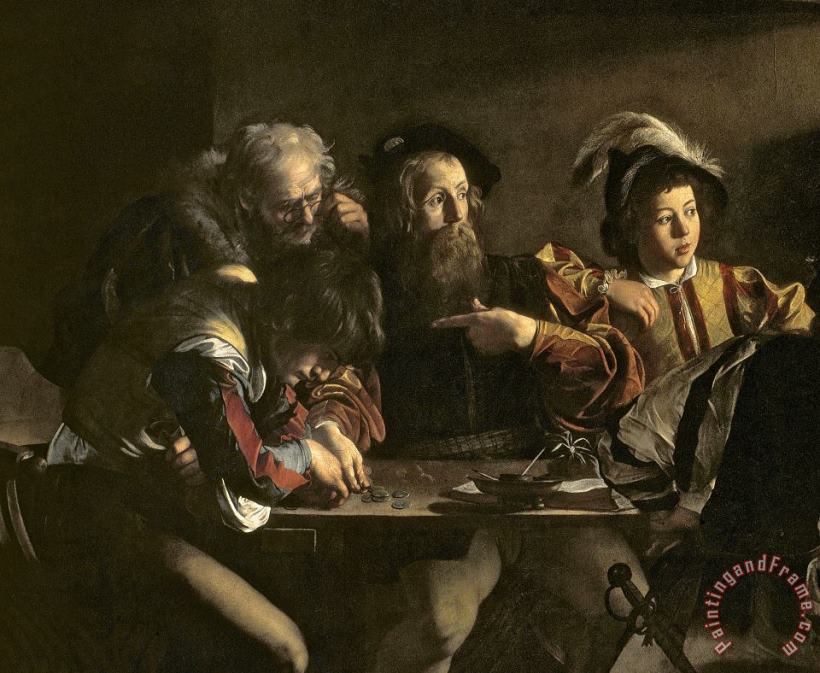

One of the great milestones in his career was when he was chosen to decorate the Contarelli Chapel in 1597. He liked his paintings so much that he gave Caravaggio shelter and a stipend. He created many paintings that people bought.Ī merchant who bought his paintings presented his work to Cardinal Francesco del Monte. Eventually, he decided to work independently. His paintings during this period include The Fortune Teller, The Cardsharps, Boy with a Basket of Fruit, Young Sick Bacchus, and Concert of Youths. However, these paintings weren’t in tune with the spiritual themes that prevailed at that time.

He promoted the style of realism over the prevailing Mannerism of the time.ĭuring the 1590s, the artist produced numerous paintings that had themes relating to everyday life. In the late 1580s, Caravaggio traveled to Rome, where he worked with a variety of painters. It seems that the artist began his career as he ended it: as a man in trouble with the law. However, the margin notes in one of his biographers suggest some kind of violent incident related to the murder of a policeman. The precise circumstances surrounding his departure from Milan remain unclear. Apparently, after her death, the young man became an apprentice to painter Simone Peterzano. In 1584, when he was 13, his mother also died. Sadly, Caravaggio’s father died from the plague. In the summer of 1576, when the future artist was only five years old, Milan suffered an outbreak of bubonic plague. In fact, Costanza Colonna constantly supported him during his most troubled years. Sforza and Colonna were among the most powerful and influential dynasties in Italy.Ĭaravaggio’s connections proved to be of vital importance in his adult life. His maternal grandfather was a land rent collector named Francesco Sforza I.Ĭaravaggio’s maternal aunt was a wet nurse to Francesco Sforza I’s children in his marriage to Costanza Colonna. The artist’s family had connections with the local nobility on Caravaggio’s mother’s side. The artist’s early life alternated between his hometown, Caravaggio, and the populated city of Milan, where his father had a workshop. He was born into violent and unstable times. It’s likely that he was born in the small town of Caravaggio, in the diocese of Cremona. His real name was Michelangelo Merisi, and he was born on September 29, 1571, very close to Milan, Italy. The early life of CaravaggioĬaravaggio was one of the most famous Italian painters. His dramatic sense of staging and innovative chiaroscuro have also directly inspired many prominent figures in the cinema, such as Pier Paolo Pasolini and Martin Scorsese. Its influence on the course of Western art has been immense and not only in the field of painting.Ĭaravaggio’s work undoubtedly shaped the work of many later artists, from Rembrandt in the Netherlands and Diego Velázquez in Spain, to Théodore Géricault in France. Tenebrism was the use of extreme contrasts of light and darkness in order to highlight the details of the gesture or facial expression, such as an open arm or a look of despair or longing. He developed a highly original variant of chiaroscuro: tenebrism. In this article, we’ll see the contrast between light and shadow in his paintings and his personal life.Ĭaravaggio was an extremely popular painter during the Baroque period. The life of Caravaggio is a fascinating one.


 0 kommentar(er)
0 kommentar(er)
